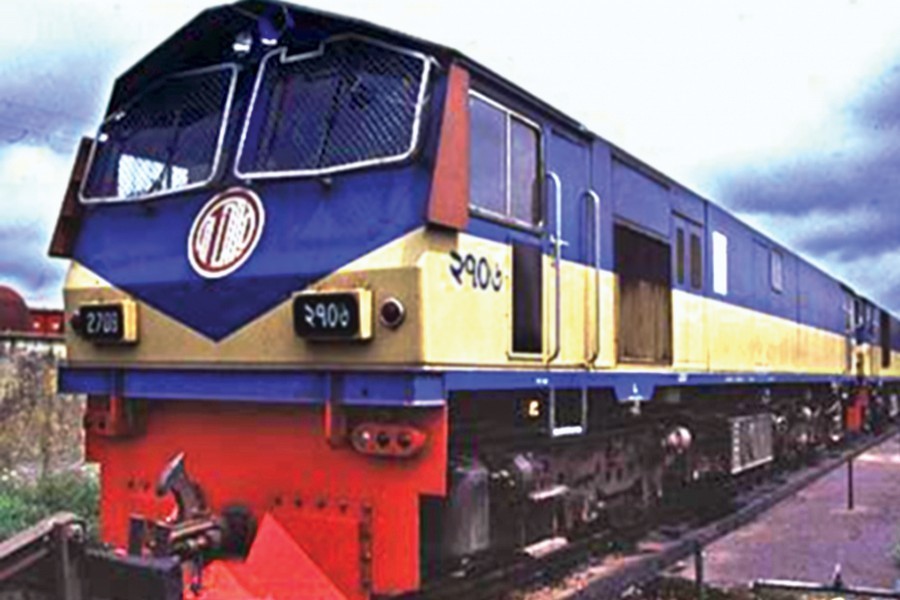It is an expectation of many that the AL government in its present term will do something concrete and substantial for improvement of the railway. Some initiatives were taken in its last term. Those, however, did not bring any noticeable improvement much to the dismay of large sections of the people who prefer to travel by rail -- the safest and cheapest mode of transport in the country. This is because the Bangladesh Railway (BR) is no longer in a position to respond to makeshift or even short-term remedial measures. Revamping it calls for massive overhaul in all conceivable areas -- management, operation, procurement, human resource, repair and maintenance, track construction and so on.
In spite of its being the most convenient mode of communication, railway in this country has never been exposed to its true potential. With its basic infrastructure tracing back more than a hundred years, it has suffered more neglect than perhaps any service sector since independence. The all-important move to activate the sector took place in the mid-eighties when for the first time some dynamic steps led to substantial revamping, resulting in remarkable improvement in terms of increased number of locomotives, introduction of inter-city trains with a reasonably good maintenance of time-tables, near-perfect ticketing arrangements, improved signalling and so on. But shockingly, the drive was short-lived and in little over a decade, the entire sector was left to wear out, as though deliberately orchestrated by a scheme of wrong-doings. Scores of development projects were shelved or abandoned halfway without any follow-up.
Given its present state, only long-term and tangible steps can be expected to reinstate the railway to its rightful place. A news story published in the FE the other day said that the BR is presently burdened with manifold problems including risks from accidents, and weak power and hauling capacity due to over-aged engines. Reportedly, the BR is now operated by 272 meter-gauge and broad-gauge locomotives, most of which lost their economic life many years ago. Running these locomotives in the absence of any alternative adds to risks of all kinds beside triggering huge financial losses every year. The condition of the coaches is almost the same which also increases operational cost and risks manifold. As a result, operational loss is inevitable, and no wonder, it is shooting up every year. The aggregate loss of BR was calculated at Tk 5.84 billion FY 2010, and having soared routinely, it reached Tk 13.90 billion in FY 2017.
Now, in order that the BR is rid of its myriad operational, financial and management-related problems, a well-designed and time-bound plan of action is a must. Makeshift measures are not going to help. Such a plan of action should take into account the state of the BR in its totality. While procurement of locomotives and coaches, recruitment of manpower, and upgrading the workshops are some of the issues that figure prominently, there is also the critical need to see that this popular and the most convenient mode of transport is not held hostage to the interests of the long distance road transport operators.


